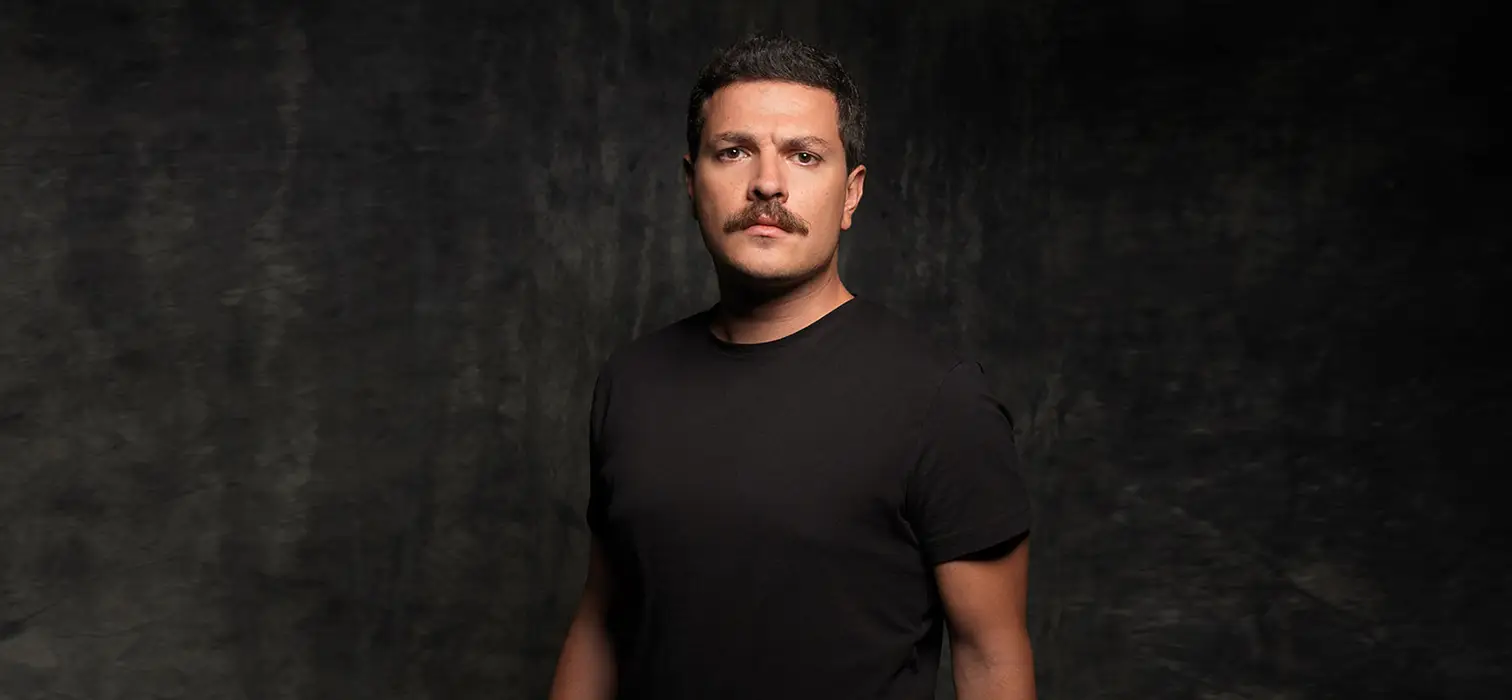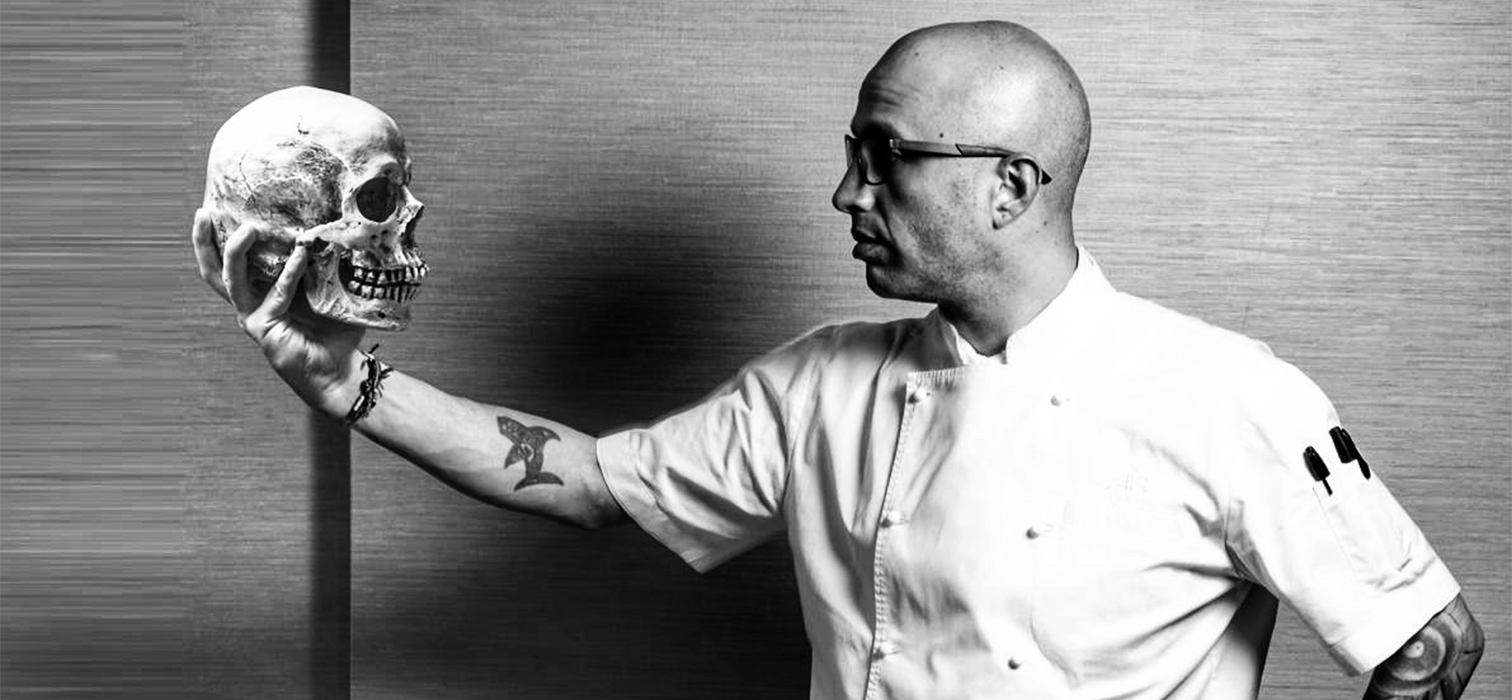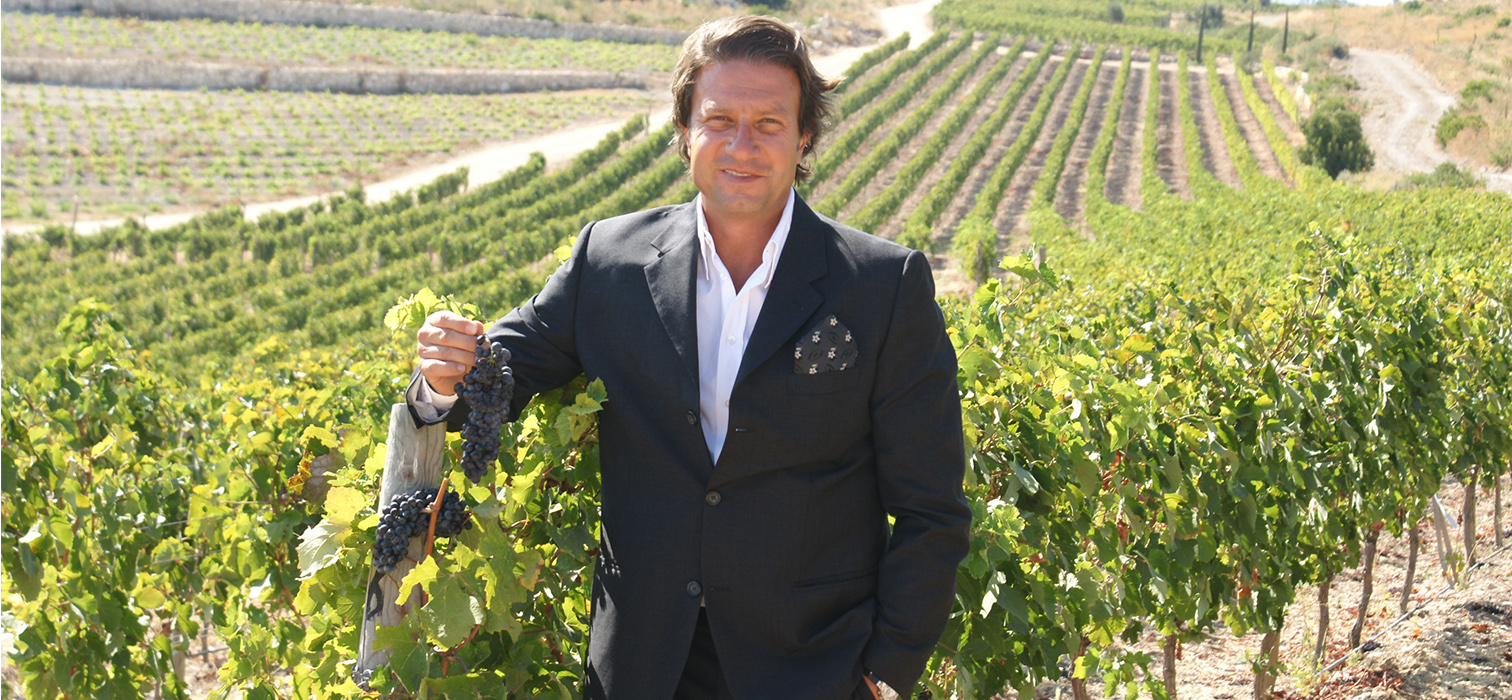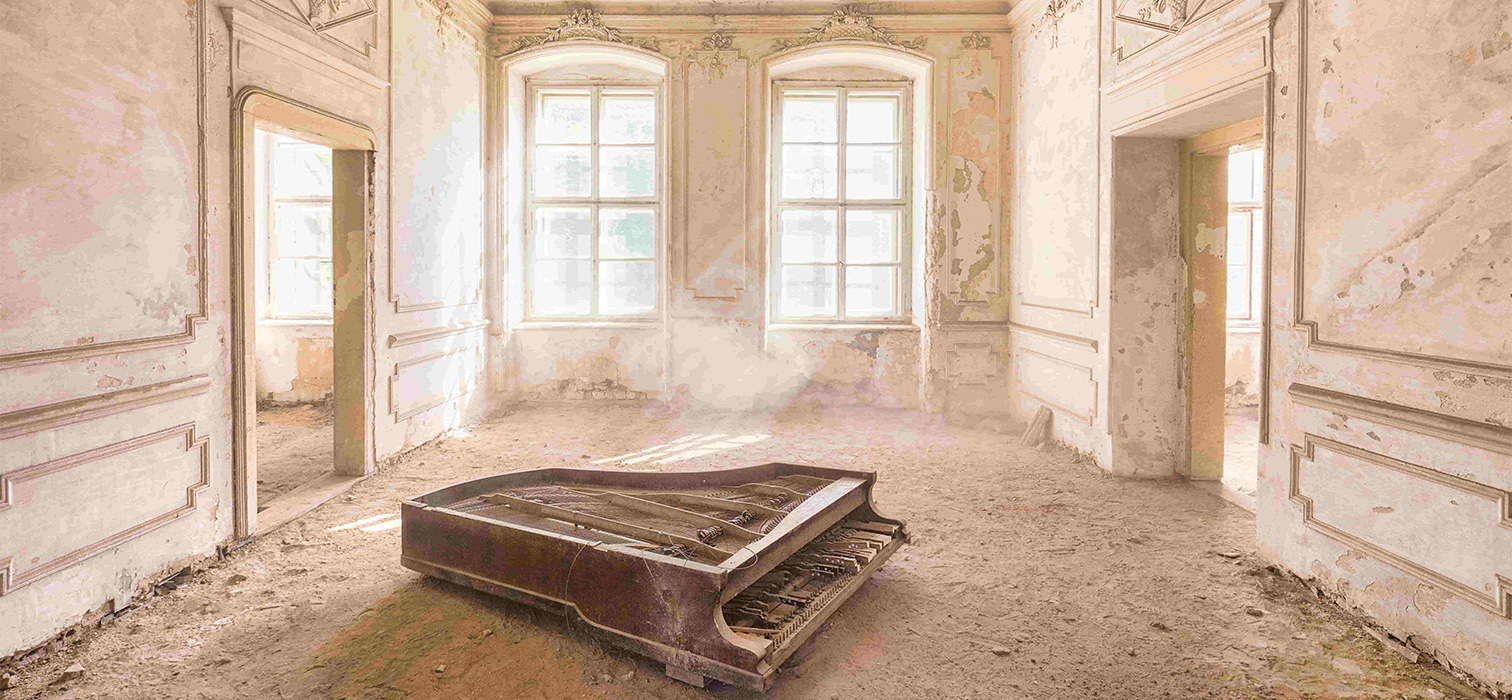

We spoke with James Kerwin about his magical spatial photos from his three-year journey through Turkey’s deserted and abandoned places.
This year, with its seventh edition, the 212 Photography exhibition met art lovers at nearly 30 locations in Istanbul, bringing world-renowned photographers to Istanbulites with its comprehensive content. The festival, which grows year by year and brings together artists from different disciplines, increasingly establishes its identity as a sustainable cultural art journey spread across the entire city. The selection of unique venues where the photographs are exhibited, either in association with the artists’ works or in a way that creates a contrast, has created a wonderful ambiance.
Architectural photography, a field we are not very familiar with in Turkey, is an art form that best reflects the spirit of spaces and is directly related to the discipline of architecture. Architectural photography, the best way to archive the past and present, led us to speak with artist James Kerwin, who has been discovering deserted or abandoned temples in various villages of Turkey, the Middle East, and the rest of the world over the last three years, about how his magical spatial photographs came to be.
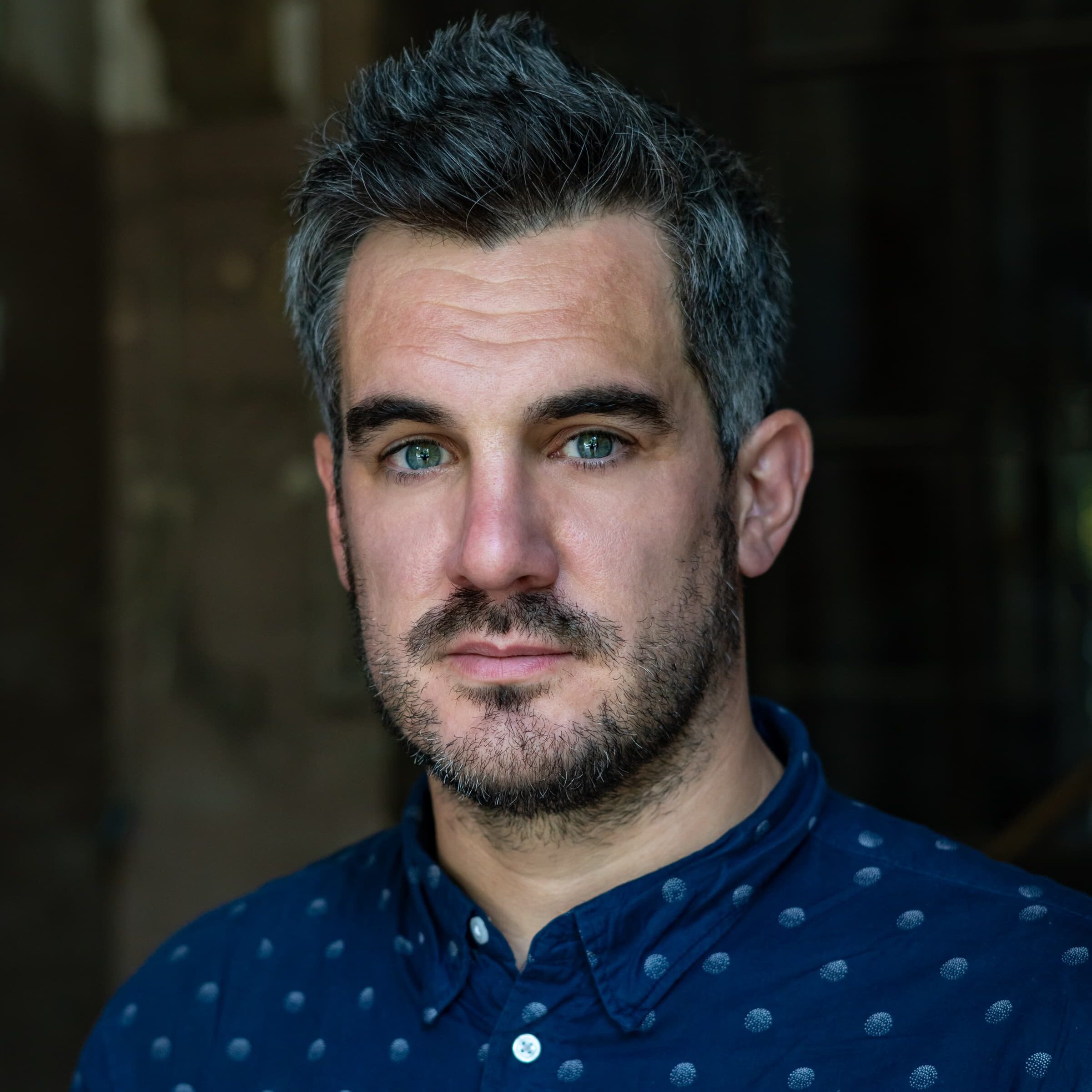
- Music Icons Through Ebru Yıldız’s Lens
- A True Hat Maestro: Stephen Jones
- Journey Through Art: Extraordinary Exhibitions in Autumn
What emotions evoked by architecture have driven you to embark on this journey? Is there a symbolic structure or place that served as a turning point/landmark in your life, which triggered your interest in architectural photography?
I sort of slipped into architectural photography. I liked the isolation, and freedom it gave me to be with my camera, having time to think, relax etc. Prior to architecture I photographed plenty of other genres, portraits, events etc. But interior photography just spoke to me.
Light, volume, pattern, color, composition or architectural style. Which factors take precedence when selecting the architectural places you photograph and what criteria do you base these choices on?
I would say the space has to have an aesthetic, a style and usually is of a certain age. However, I also love less decayed structures as well. I like the feeling they give me, like we don’t build stuff in the same way anymore. Our generation have given society technology, and architecture is built different now.
What emotions are you trying to highlight in your photographs of abandoned spaces? How do the stories of ruins and the past incidents once happened there influence you in your daily life?
This is a harder question. Abandoned places that are beautiful are also becoming harder to locate. As they fall to ruin or become renovated (not always in a nice way). I suppose they make me think about the past. How they were built, the skills involved etc. All in a time usually where it was manual labour.
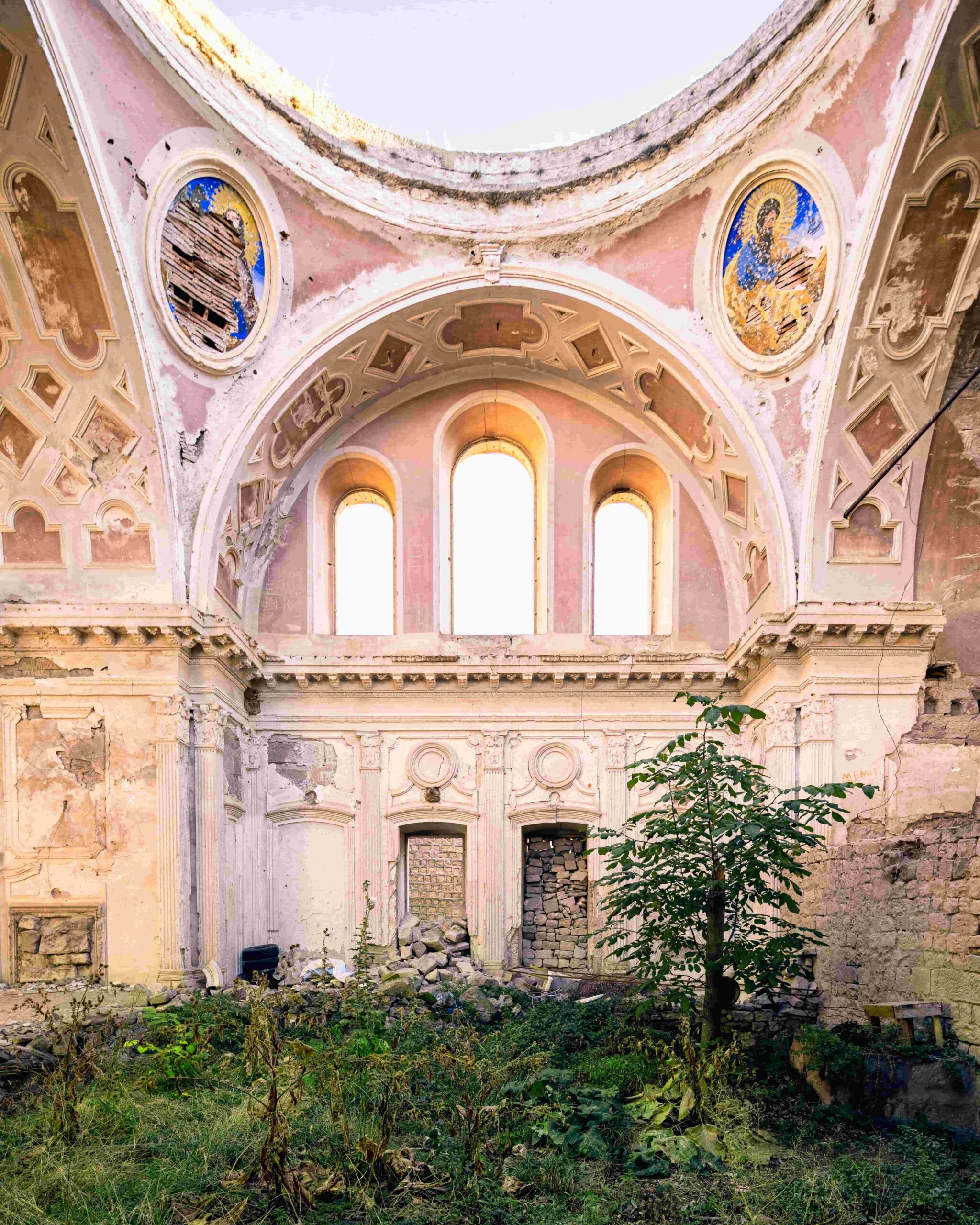
Staircases, arches, friezes, domes, and frescoes are often prominent in your photographs. Are the interior details more captivating to you than the facades of the buildings?
Most facades are fairly dull actually, but I have started to photograph more faces or facades over the last few years – but they tend to be less well recieved.
What are your thoughts on dark tourism? This topic has been highly discussed in recent years, with opinions divided. Do you believe that, by photographing abandoned places/structures, you are contributing to dark tourism?
Yes I think dark tourism is a real thing. In the West people are generally just interested in seeing off the beaten path, away from tourist norms. And places like Chernobyl (before the war) exploded with visitors. It is good people show an interest, and perhaps it can help contribute to less horrible acts happening in the future too.
My photography tours are actually more off the beaten path than architecture or abandoned places only. Recently I was in Romania and people loved a Musoleum we visited on the last day.
What drives your interest in religious architecture? When photographing an abandoned sacred space, do you personally feel the spiritual atmosphere that you capture and do you believe that can architecture facilitate this experience?
Nothing in particular draws me to religious places in particular. It is just in 2024 there are more religious places abandoned than any other. And they are easier to find. As less people believe in religious endeavours, more spaces pop up. Romania is full of them.
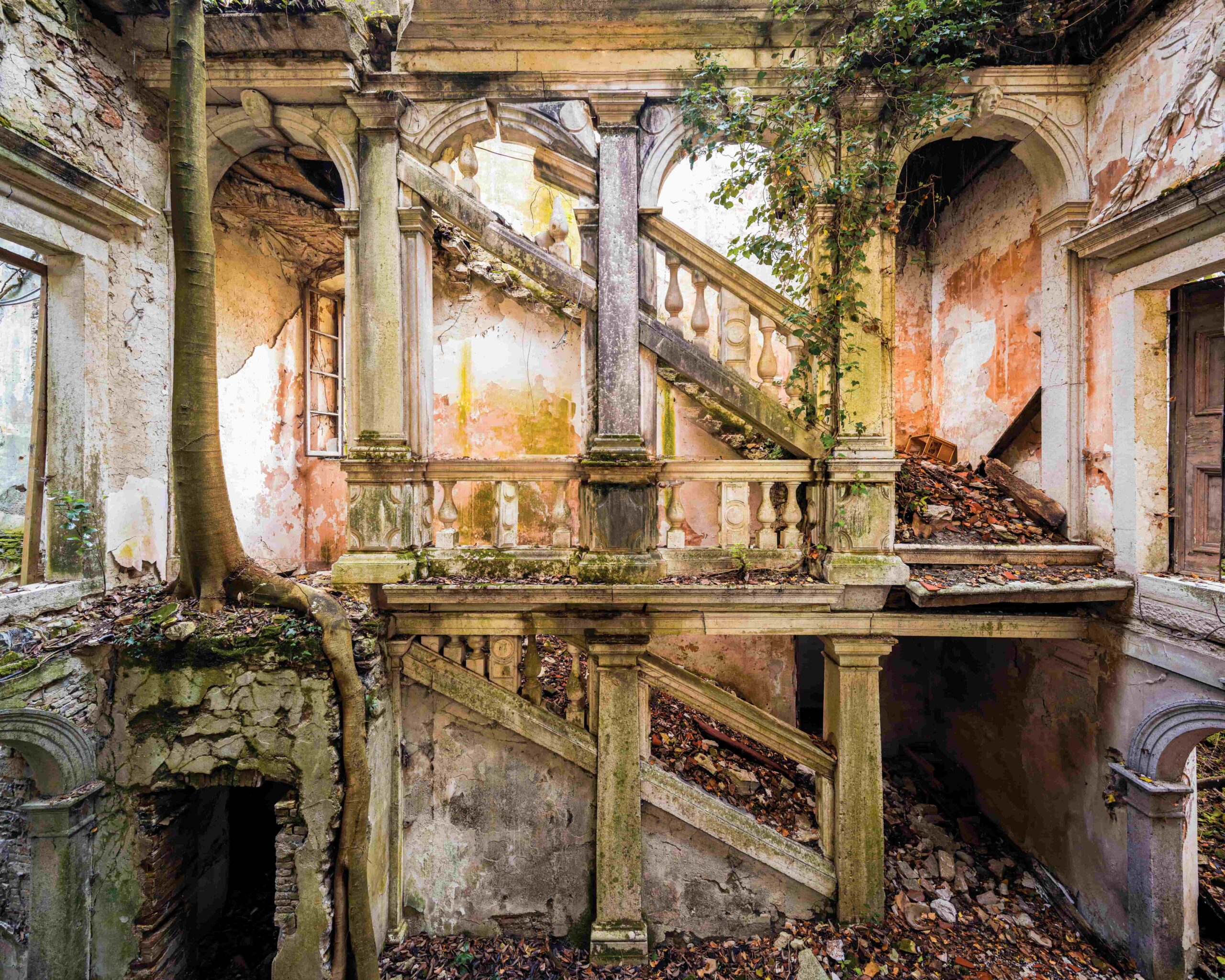
You seem to be drawn to the less popular, the lesser-known. What types of places, which you come across by chance and decide to photograph, tend to leave a strong impression on you?
When travelling I am always on the look out for new and exciting places. I always venture into areas less visited, with that houses, larger mansions and religious buildings are the ones I come across frequently.
You document the cultural diversity and architecture designed by various styles from around the world. Which regions have influenced you the most in terms of their architectural identity? Have there been any places that surprised you with their blend of Eastern and Western elements?
Lebanon left a lasting impression on me. And of course, Italy is always special for architecture photography. And my previous home of Tbilisi, Georgia has some beautiful former soviet spaces as well. Lebanon though has left the longest impression on me – the troubles that the place goes through as well, it’s horrible.
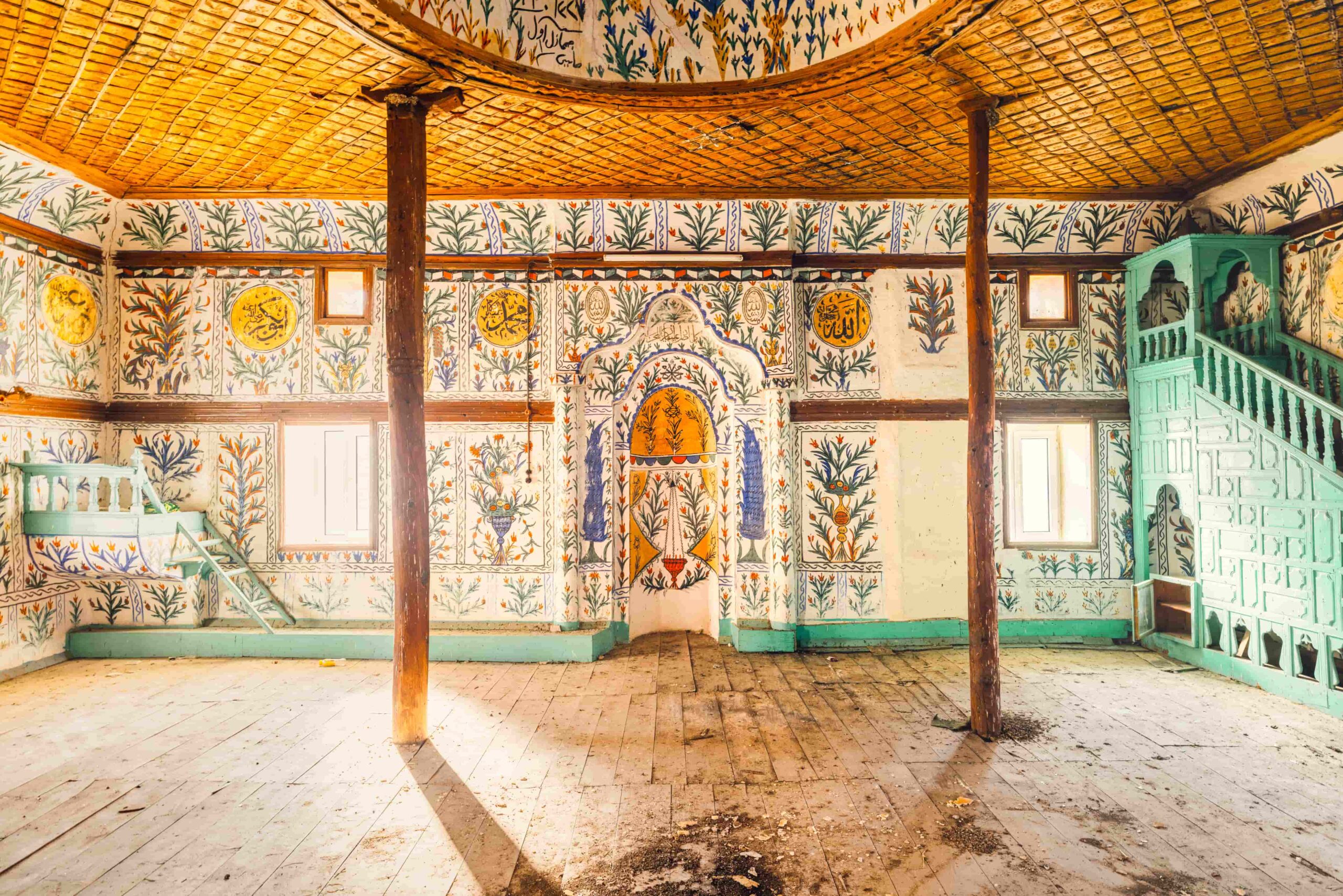
Considering the development of the architecture in the 21st century, how do you think distancing yourself from historical structures and focusing only on contemporary architecture photography would create a sense of loss in your life?
At some point I will evolve more. Over the last 2 years I have thought more and more about what is next. Let’s wait and see.

